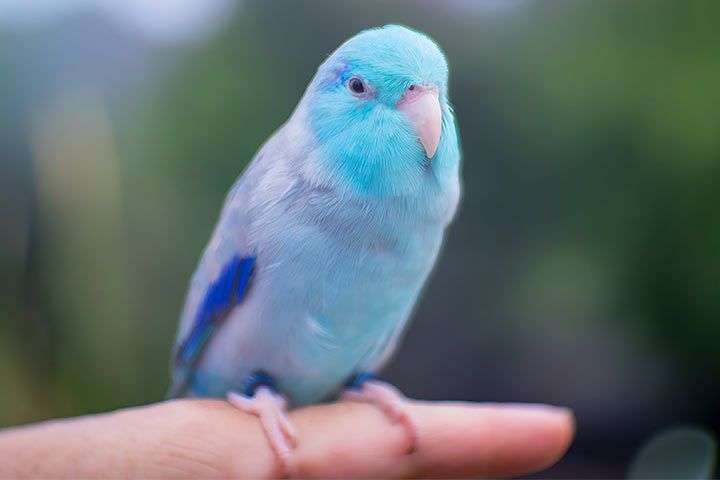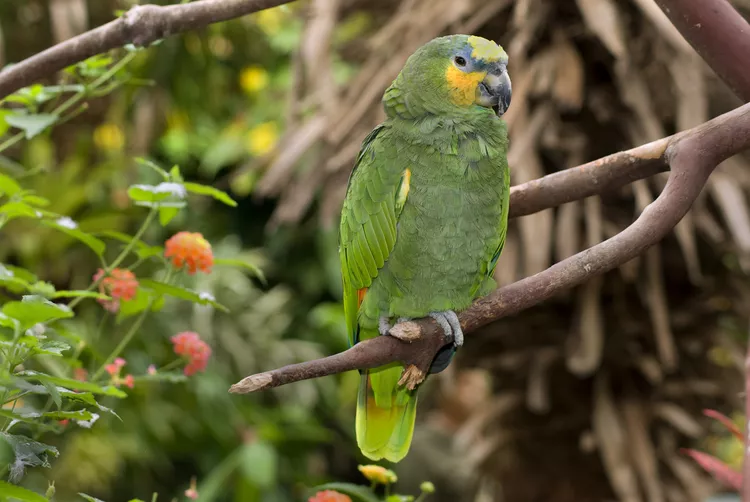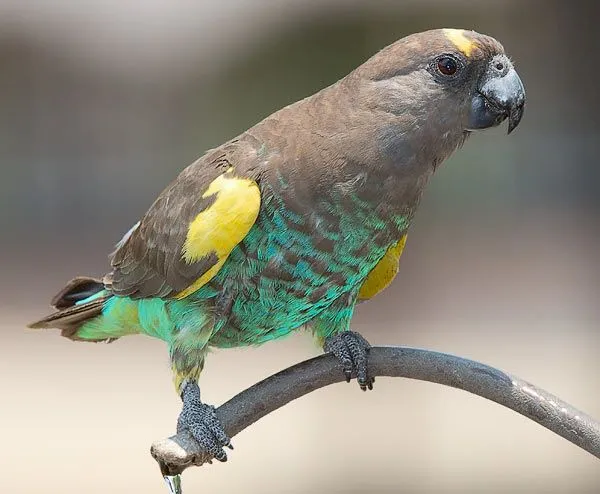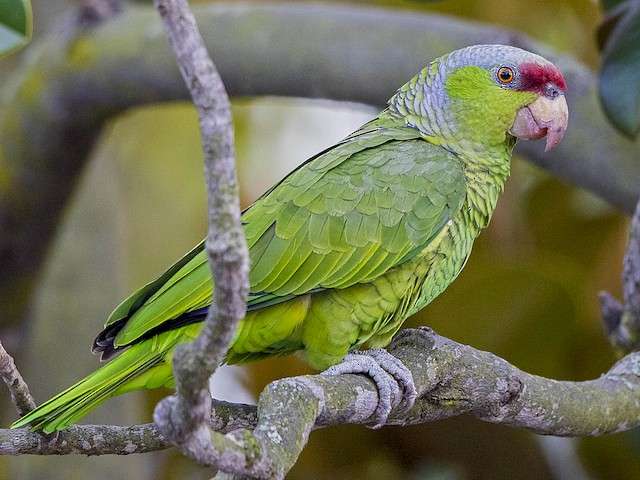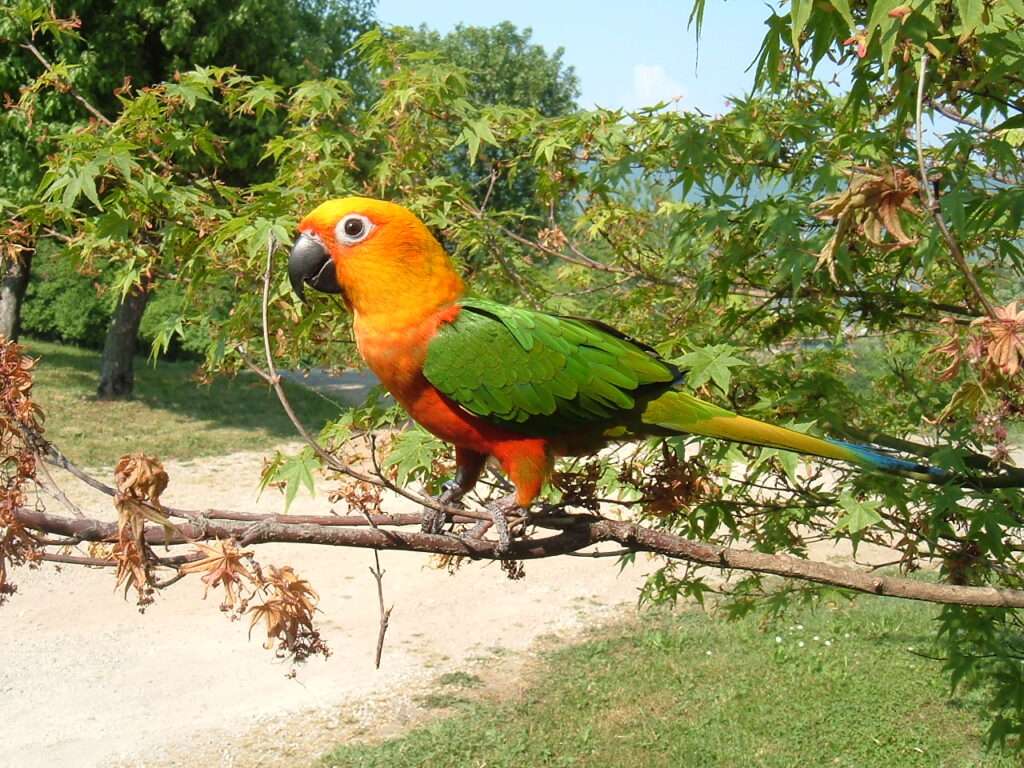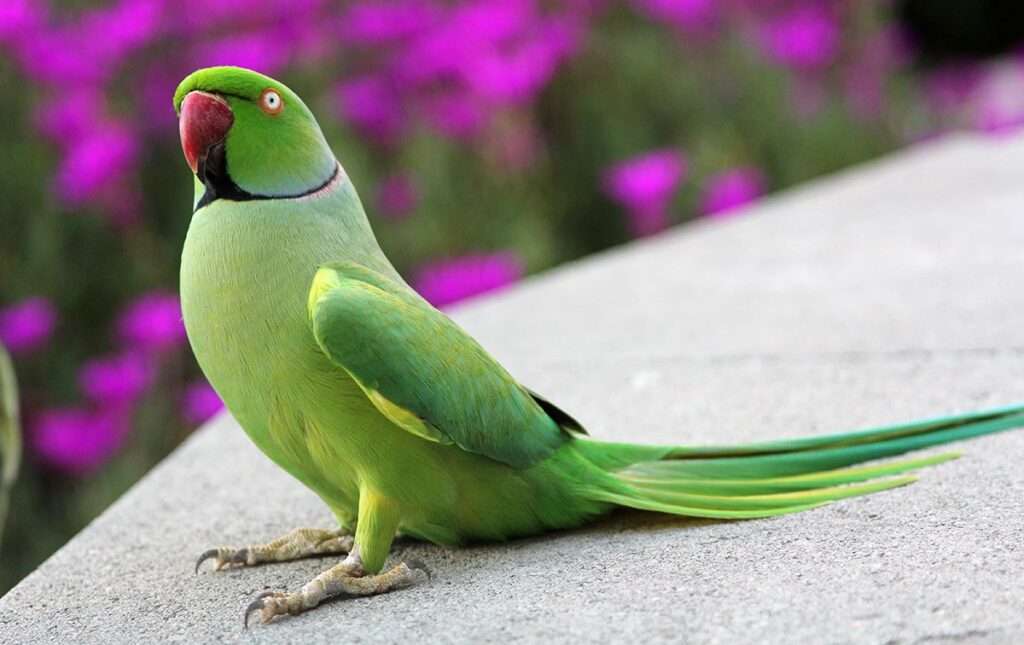Pacific Parrotlet
Description Life span: 12-20 years The most prevalent parrotlet species is the Pacific parrotlet, which has gained popularity as one of the nation’s most beloved little birds. Due to their diminutive size, they are sometimes known as “pocket parrots,” and they may even fit in a shirt pocket! They are commonly compared to Amazon parrots, […]


